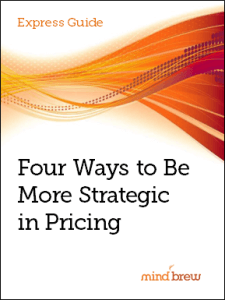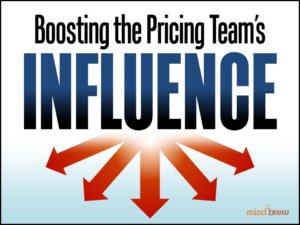Have you ever stopped to consider what the world would be like if there were no such thing as interchangeable parts?
Imagine if, when you got a flat tire on your car, you had to wait for a wheelwright to craft you a new tire. Or what if, when the drain hose on your washing machine springs a leak, you had to purchase an entirely new washing machine instead of just replacing the hose?
Today, we take these things so for granted that when a particular part can’t be replaced — like the battery on a cell phone — we get pretty irritated.
But interchangeable parts are a relatively new phenomenon in the history of the world. During the time of the American Revolution, master gunsmiths made each individual musket by hand, which led to no end of problems with reliability on the battlefield.
Not long later, on a scorching hot day in July of 1785, Thomas Jefferson, then the emissary to France for the very young United States of America, saw a demonstration that blew his mind. The French gunsmith Honoré Blanc demonstrated that he could disassemble his muskets, throw the parts into separate boxes, mix up the contents of the boxes, and then reassemble fully working guns from parts chosen at random.
Amazed, Jefferson wrote to US Foreign Secretary John Jay, “An improvement is made here in the construction of the musket which it may be interesting to Congress to know. It consists in the making every part of them so exactly alike that what belongs to any one may be used for every one musket in the magazine. I put several together myself taking pieces at hazard as they came to hand, and they fitted in the most perfect manner. The advantages of this, when arms need repair, are evident.”
This concept doesn’t apply only to physical objects like muskets and washing machines — it’s also a game-changer when applied to your sales team.
In pricing, we’re often beholden to the sales team. The pricing strategies and guidance we develop ultimately fall into the hands of the sales team to execute. And while some of them might do a good job when it comes to pricing, others would rather do their own thing than listen to what the pricing team has to say. Unfortunately, this reliance means pricing’s success (and improved bottom lines) can be held hostage by the sales team
No, we’re not advocating that you recommend that the sales team be replaced with clones. Instead, we’re suggesting that you put in place training, strategies, and processes that allow almost anyone to do a good job executing the pricing strategies you and your team develop.
So how do you do that?
We recommend starting with the webinar on Delivering No-Brainer Pricing Guidance. It lays out strategies the seven key ingredient seven key ingredients needed to deliver guidance your salespeople will actually use.
Follow that up with Getting Your Salespeople to Price Better. It examines the motivations and psychology that’s often at work with the sales team and reveals some surprising short- and long-term techniques that companies have successfully used to get their sales teams engaged and on-board with effective pricing.
A handmade musket is a thing of beauty — but I wouldn’t want to take one onto the battlefield. In the same way, expecting every salesperson to have an innate ability to execute pricing strategies effectively is risky. By helping the sales team become more interchangeable when it comes to pricing, you can set them (and yourself) up for more long-term success.















